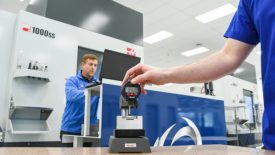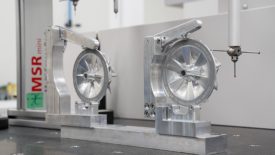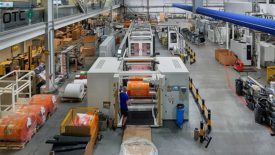Featured on Home Page
Software & Analysis
Reverse engineering is used practically everywhere and in every industry.
Read More
Vision & Sensors | Analysis
Understanding The Value Proposition For Deep Learning in Machine Vision
Deep learning software represents a powerful tool in the machine vision toolbox, but one must first understand how the technology works and where it adds value.
September 1, 2022
Vision & Sensors | Sensors
Smart Color Sensor Technology
For color detection, color measurement and innovative automation tasks.
September 1, 2022
Vision & Sensors | Machine Learning
How To Identify Opportunities For AI In Machine Vision
Learn more.
September 1, 2022
Vision & Sensors | Machine Vision 101
A Quick Overview Of Industrial Camera Interfaces
Machine vision system developers must consider data bandwidth, cable length, and other factors when choosing a camera interface.
September 1, 2022
Case Study B
Roush Yates Engines Seconds The Motion For Automated Data Acquisition
New data collection technology ensures speed, accuracy, scalability and security.
August 16, 2022
Case Study
Miltera Achieves Success with ZEISS Industrial Quality Solutions
Miltera has built up a reputation as a specialist in producing everything from racecar parts to mold components, consumer electronics, turbine compressors and turbochargers for the aerospace industry.
August 16, 2022
Quality 101
Automation: Should Manufacturers Fight Or Flight?
Despite its praised benefits, many manufacturers still decide against automation. But does that decision stem from fear?
August 16, 2022
Speaking of Quality | Therese Steiner
ASQ Committed to Safe and Inclusive Environment
ASQ is where I belong
August 15, 2022
Face of Quality | Jim L. Smith
Tips for Success, Part 2
Focus on the important actions to improve performance.
August 15, 2022
Stay in the know with Quality’s comprehensive coverage of
the manufacturing and metrology industries.
eNewsletter | Website | eMagazine
JOIN TODAY!Copyright ©2024. All Rights Reserved BNP Media.
Design, CMS, Hosting & Web Development :: ePublishing










